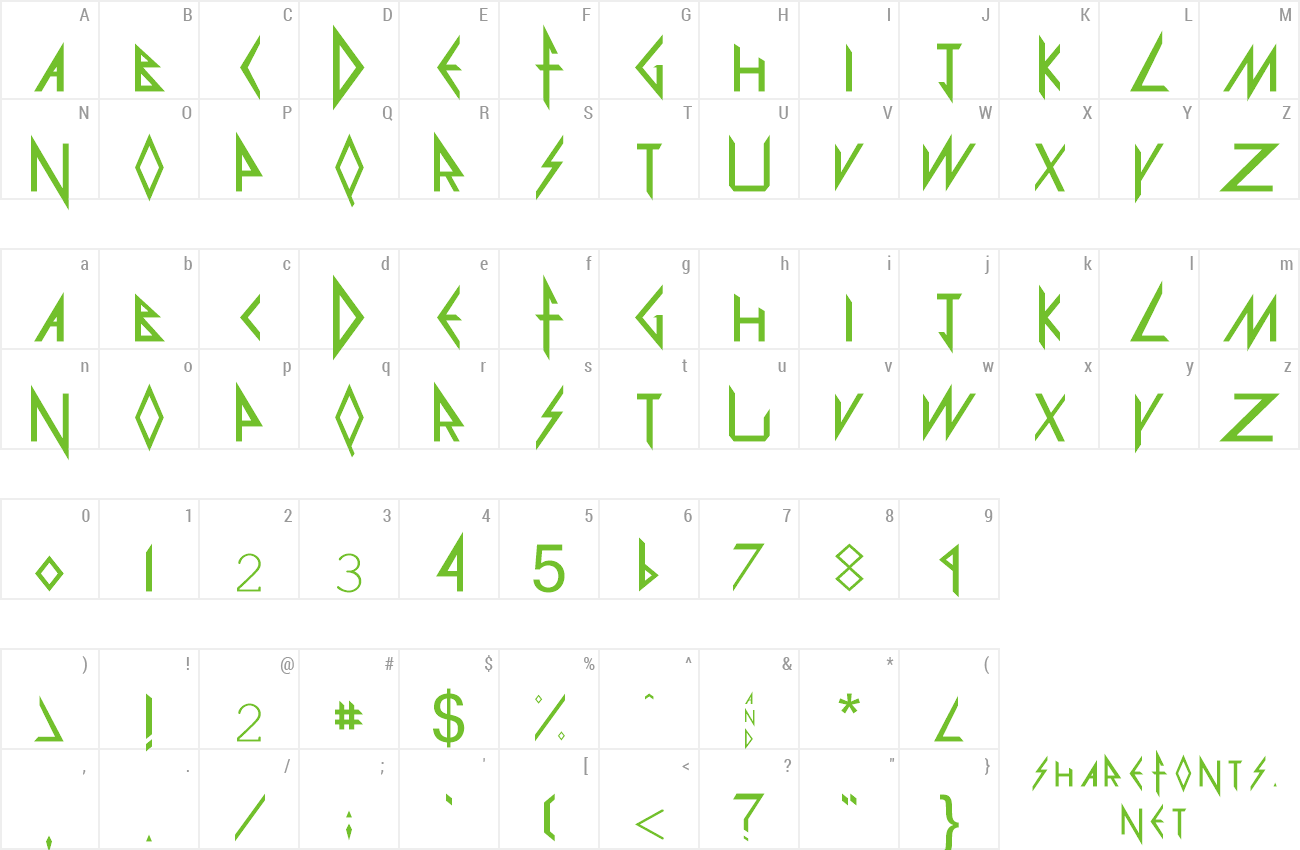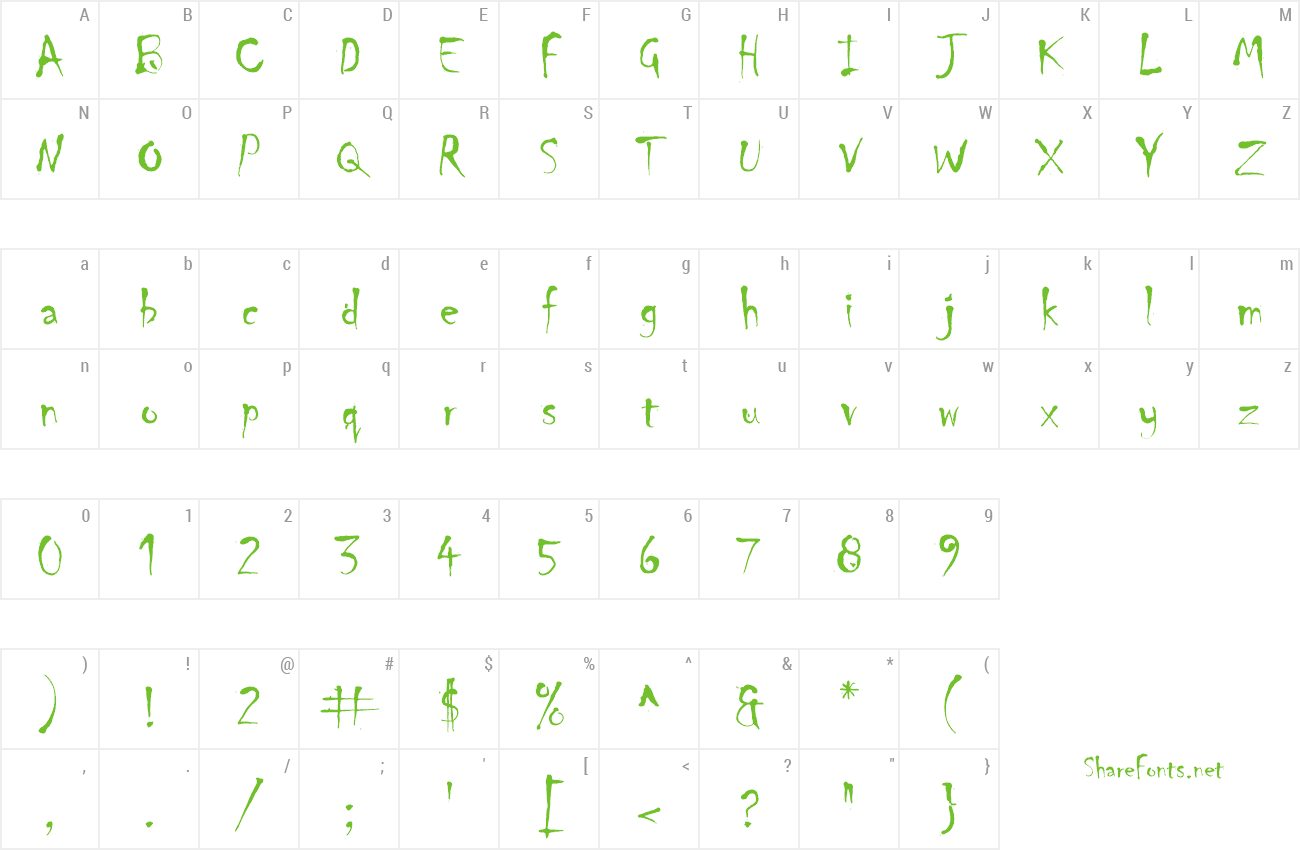

Extensive experimental results on the well-known random benchmarks instances from the SAT Competitions in 20, and on randomly generated problems, show that our algorithm outperforms state-of-the-art random SAT algorithms, and our SelectNTS can effectively solve both uniform random k-SAT and HRS. The new variable selection heuristic uses a probability selecting strategy with the variation of CC strategy based on a new variable weighting scheme. The new clause selection heuristic uses a new clause weighting scheme and a biased random walk. The core of SelectNTS relies on new clause and variable selection heuristics. SelectNTS is an improved probability selecting based local search algorithm for SAT problem. In this paper, we present a new SLS algorithm named SelectNTS for uniform random k-SAT and HRS. However, there is no an algorithm which can effectively solve both uniform random k-SAT and HRS. Recently, great breakthroughs have been made respectively on stochastic local search (SLS) algorithms for uniform random k-SAT resulting in several state-of-the-art SLS algorithms Score2SAT, YalSAT, ProbSAT, CScoreSAT and on a hybrid algorithm for hard random SAT (HRS) resulting in one state-of-the-art hybrid algorithm SparrowToRiss. The Boolean Satisfiability problem (SAT) is important on artificial intelligence community and the impact of its solving on complex problems.

The algorithm reduces the time complexity from factorial level to square. In the decision process, as long as one satisfiability solution is found by subtask, the decision result can be given directly, shortening the decision time. The use of distributed computing and resource sharing is the core idea of this deduction. For further improving the efficiency, a topology graph deduction is proposed as well as its soundness, completeness, and universal algorithm. Based on the extensive work of α-resolution automated reasoning in linguistic truth-valued lattice-valued logic, this paper discusses the structure and its α-resolvability of the generalized literal.

#Macterm font verification#
It is of great academic significance to deal with incomparability, linguistic valued information, and formal verification of the correctness of corresponding software and hardware systems in various applications. Automatic inference based on lattice-valued logic is an important basic research content in the field of intelligent information processing. We also analyze the effectiveness of the underlying ideas in BRSAP.Īutomatic reasoning is a very challenging research area in the field of artificial intelligence. The experiments illustrate that BRSAP obviously outperforms its competitors, indicating the effectiveness of BRSAP.

To evaluate the performance of BRSAP, we conduct extensive experiments to compare BRSAP with state-of-the-art SLS solvers and complete solvers on HRS instances and URS instances from SAT Competition 2017 and SAT Competition 2018 as well as 4100 generated satisfiable large HRS and URS ones. In this paper, we propose two global clause weighting schemes and a new hybrid scoring function called SA based on a linear combination of a property score and property age, and then apply a second-level-biased random walk strategy based on two clause weighting schemes and SA to develop a new SLS solver called BRSAP. However, compared to the great progress of SLS on URS, the performance of SLS on HRS lags far behind. Recently, great breakthroughs have been made on stochastic local search (SLS) algorithms for uniform RS, resulting in several state-of-the-art algorithms, e.g., Dimetheus, YalSAT, ProbSAT and Score2SAT. Uniform random satisfiability (URS) and hard random satisfiability (HRS) are two significant generalizations of random satisfiability (RS).


 0 kommentar(er)
0 kommentar(er)
